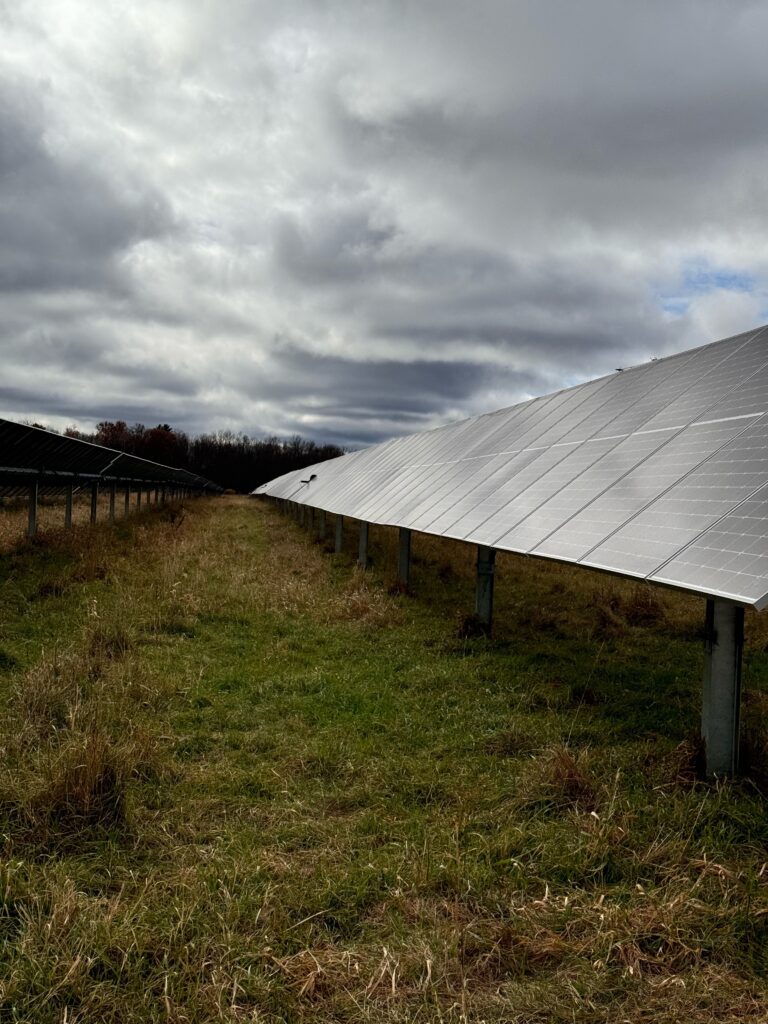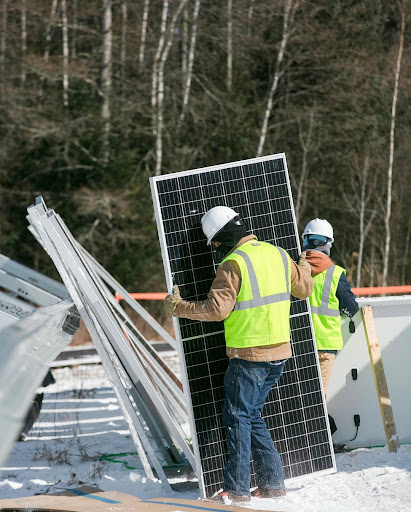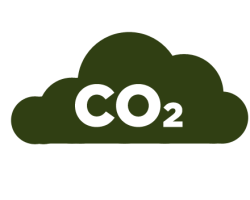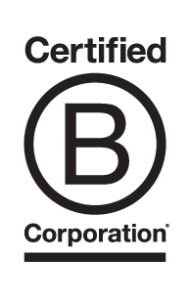There are several opportunities to advance the clean energy economy in many states that our team is developing projects. Conversations are already underway around four key areas: Incentives & Compensation; Siting & Permitting; Interconnection; and Workforce Development.
Incentives & Compensation
State-level policies like net-metering allow energy producers to sell excess solar energy back to the grid while also allowing for financial benefits for participating customers, playing a crucial role in driving the adoption of solar and energy storage solutions. These incentives make solar power more financially attractive, reducing upfront costs and providing long-term savings on electricity bills. Additionally, they encourage investment in energy storage systems, which can further stabilize the grid and enhance the reliability of renewable energy sources. By creating a favorable regulatory environment, states can significantly boost the deployment of solar and storage technologies, contributing to a cleaner and more sustainable energy landscape. Several states like New Hampshire, Illinois and Virginia are evaluating updates to net-metering programs in the 2025 legislative sessions.
Siting & Permitting
Siting and permitting are critical steps in the successful deployment of solar and energy storage projects. Proper site selection involves careful consideration of factors like land use, zoning regulations, and proximity to the grid. Once a suitable site is identified, developers must navigate a complex permitting process that often involves multiple regulatory agencies at the federal, state, and local levels.
Streamlining the permitting process and establishing clear and consistent regulations can significantly accelerate project timelines and reduce costs. By addressing potential challenges and fostering collaboration between developers, regulators, and community stakeholders, policymakers can create an enabling environment for the growth of solar and energy storage to help provide additional energy generation resources to address rapidly escalating energy demand.
Illinois has recently enacted significant reforms to streamline the siting and permitting process for solar energy projects. The law streamlines statewide standards for siting, zoning, and setbacks for commercial-scale wind and solar projects. This effort has reduced local barriers and expedited the development of renewable energy projects in the state and other states like New York are pursuing similar initiatives.
Interconnection
Interconnection reform is a critical step in accelerating the deployment of solar and energy storage. Long and complex interconnection processes can create unpredictable delays, increase costs, and often derail or completely halt an otherwise viable solar or storage project. By streamlining and standardizing the interconnection process, states can reduce barriers to entry for developers, encourage investment, and expedite the integration of renewable energy into the grid. IREC developed model interconnection standards in 2023 to help make the interconnection process faster and more efficient, while maintaining grid safety and reliability. A legislative effort in New Hampshire has tasked the NH Department of Energy to establish uniform rules for interconnection to address these issues.
Workforce Development
In addition to federal initiatives supporting workforce development like the prevailing wage and apprenticeship programs outlined in the Inflation Reduction Act, state-level policies can also play a crucial role in supporting the development of a skilled workforce for the solar and energy storage industries. By including investments in education and training programs, providing incentives for workforce development, and fostering partnerships between industry and academia, states can ensure that they have the talent needed to meet the growing demand for clean energy jobs. New York, Massachusetts and Illinois have all established policies to foster the development of a skilled clean energy workforce including training programs, strategic partnerships with community colleges and technical programs, and funding for the development of training facilities and curriculum.









 The team at Encore Renewable Energy® is proud to be certified as a B Corp, joining over 3,500 other businesses worldwide who also share a commitment to social and environmental performance, accountability and transparency.
The team at Encore Renewable Energy® is proud to be certified as a B Corp, joining over 3,500 other businesses worldwide who also share a commitment to social and environmental performance, accountability and transparency.